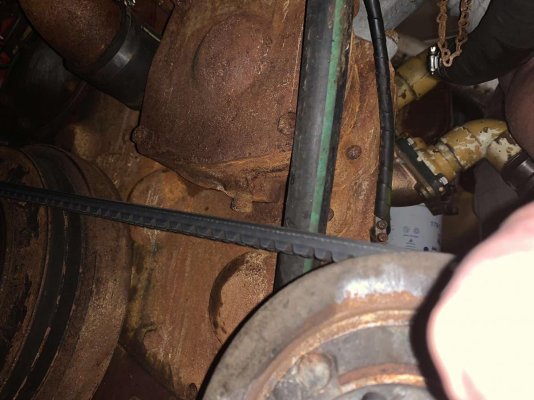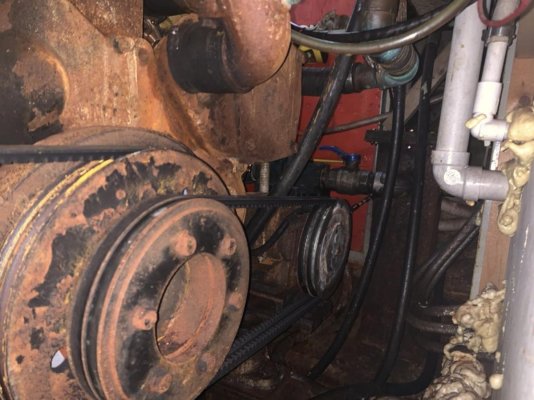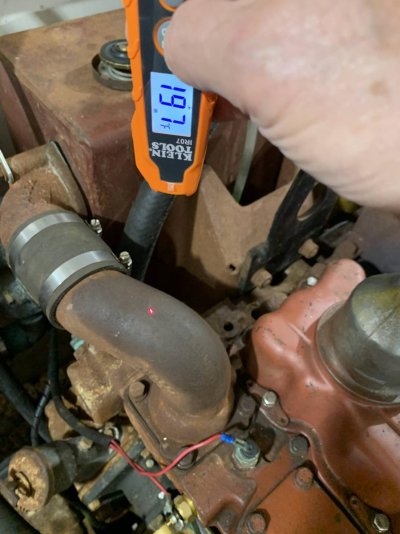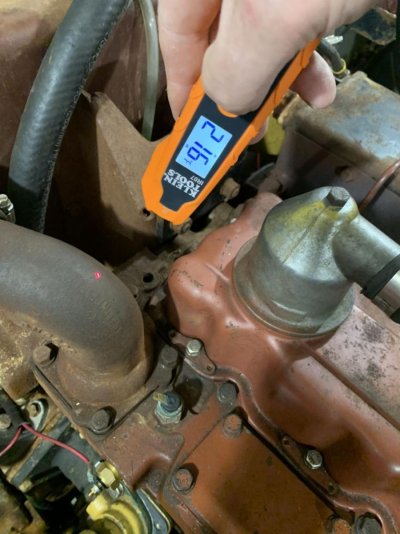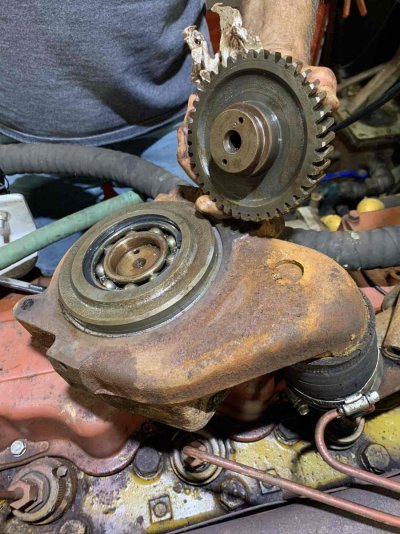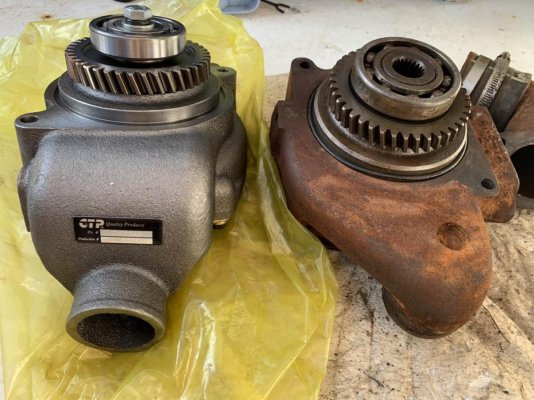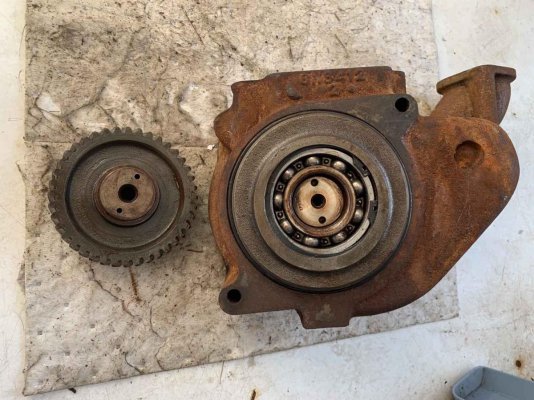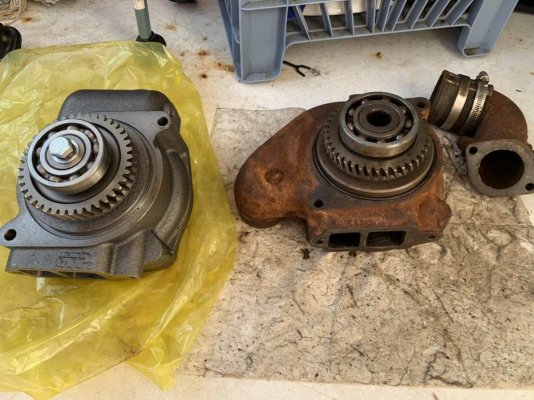LeoKa
Guru
- Joined
- Apr 15, 2017
- Messages
- 1,150
- Location
- USA
- Vessel Name
- Ironsides
- Vessel Make
- 54' Bruce Roberts steel sailboat hull, coastal LRC, 220HP CAT 3306.
I have done a barnacle flush on the sea water circuit using Rydlyme, over the weekend.
The flush was successful. The idle temp went down. However, the engine still overheats at cruising rpm, which is 1500.
At 700 rpm idle, the temp is steady at 160F. In reverse gear, idle rpm 700, the temp is 175-180 and steady. When I put it in neutral and go up with rpm, it is 180 at 1000 and 1200, but at 1500 it overheats to 210/220.
At this point I ran it on idle for 5 minutes to cool it down and turned it off and started again. It was 180 at idle rpm. I am afraid to take her out and have the engine overheating, while cruising. Your opinion? Thanks
The flush was successful. The idle temp went down. However, the engine still overheats at cruising rpm, which is 1500.
At 700 rpm idle, the temp is steady at 160F. In reverse gear, idle rpm 700, the temp is 175-180 and steady. When I put it in neutral and go up with rpm, it is 180 at 1000 and 1200, but at 1500 it overheats to 210/220.
At this point I ran it on idle for 5 minutes to cool it down and turned it off and started again. It was 180 at idle rpm. I am afraid to take her out and have the engine overheating, while cruising. Your opinion? Thanks


